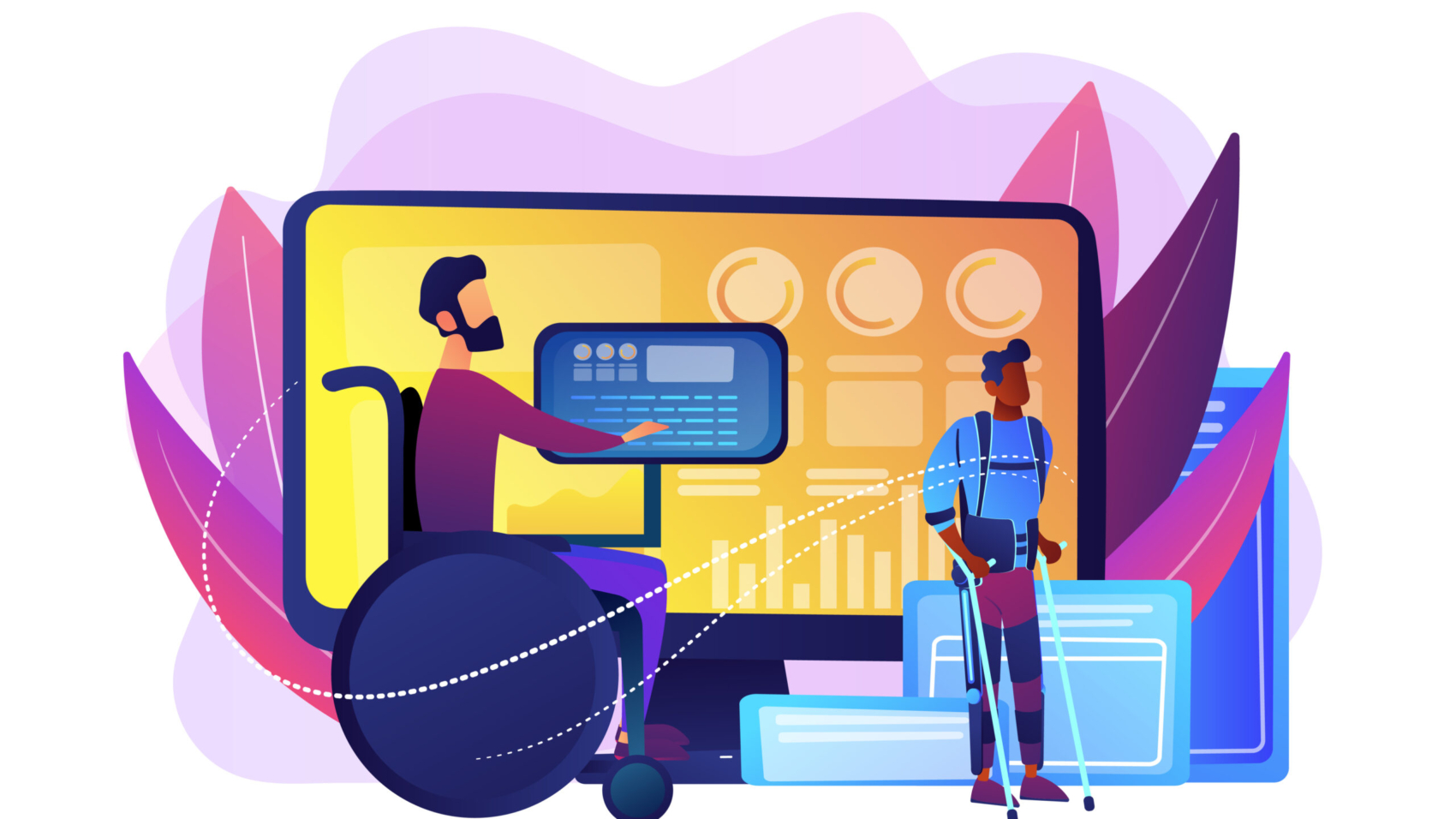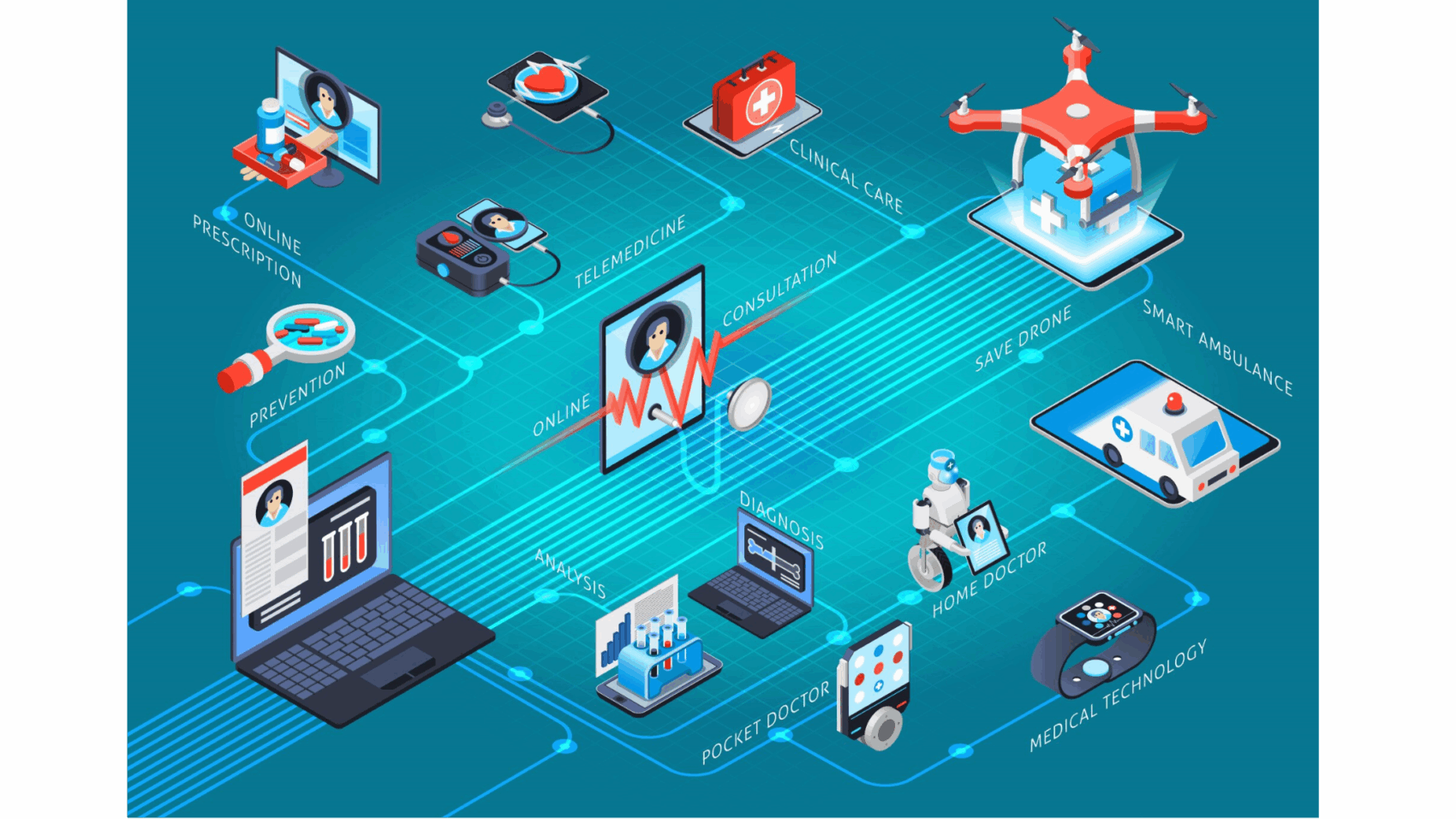Telemedicine has transformed the way women access gynecological care, providing immediate access to medical support. From pregnancy to chronic conditions, telemedicine in gynecology improves women’s quality of life and offers psychological support. Let’s explore how telemedicine has contributed to promoting women’s health and what the future holds for this field.
1. What is Telemedicine in Gynecology?
In gynecology, telemedicine encompasses everything from consultations and preventive examinations to monitoring pregnancies and managing chronic conditions. This healthcare approach benefits women living in remote areas or those who struggle to access specialized physicians. Telemedicine bridges the gap, ensuring that essential gynecological services are just a click away, promoting health equity for all women.
2. Psychological Support Through Telemedicine
Telemedicine extends beyond medical advice; it can also provide psychological support for women facing mental health issues. Access to psychologists via telemedicine facilitates the management of the psychological impacts of pregnancy, infertility, and miscarriage. According to a study published in the Journal of Telemedicine and Telecare telemedicine has been found to significantly reduce anxiety and depression in patients by providing timely psychological care, improving overall well-being in women’s health . This support is crucial in ensuring holistic care, where mental well-being is as prioritized as physical health.
3. Applications of Telemedicine in Gynecology
3.1. Pregnancy Assessment
Telemedicine allows for continuous monitoring of pregnant women. Gynecologists can provide advice through video calls on nutrition, exercise, and fetal health at every stage of pregnancy. This continuous connection not only reassures expectant mothers but also ensures that any potential issues are addressed promptly, enhancing maternal and fetal health outcomes.
3.2. Management of Chronic Conditions
Many women suffer from chronic gynecological conditions, such as polycystic ovary syndrome (PCOS) or endometriosis. Telemedicine facilitates regular check-ups and management of these conditions through scheduled consultations. Patients can communicate with their doctors for guidance on treatment, medications, and lifestyle adjustments, fostering a more proactive approach to health management.
3.3. Preventive Care Scheduling
Women often skip preventive care due to time constraints. Telemedicine enables gynecologists to remind patients to schedule important screenings and tests. This proactive engagement helps in the early detection of conditions like cervical and breast cancer, which can be life-saving. A report from the World Health Organization emphasizes that the implementation of telemedicine has led to increased participation in preventive screenings, especially in underserved populations, contributing to the early detection of serious conditions and improved health outcomes. By promoting preventive care, telemedicine empowers women to take charge of their health.
3.4. Sexual Health Counseling
Telemedicine offers essential counseling on sexual health and related issues. This accessible information helps reduce stigma and embarrassment, encouraging women to seek help for sensitive topics. Open discussions facilitated by telemedicine can lead to improved sexual health and overall well-being, making healthcare more inclusive and approachable.
3.5. Ultrasound Evaluation
Ultrasounds are a fundamental tool in gynecology, especially during pregnancy and for diagnosing conditions. The Carepoi telemedicine system enables ultrasound examinations with the right technology. Gynecologists can analyze results via video sessions, providing immediate updates and care instructions. This process reduces waiting times and enhances care quality, allowing women to access specialized services without travel burdens.
Moreover, telemedicine allows real-time monitoring of ultrasound exams by specialized doctors. Women can connect with a specialist through Carepoi’s system while a health technician conducts the examination. This direct collaboration ensures a comprehensive assessment of the patient’s condition, supporting accurate decision-making based on precise data.
4. Future Prospects of Telemedicine in Gynecology
The evolution of telemedicine in gynecology opens new horizons for care delivery. With ongoing technological advancements, the possibility for more personalized services becomes increasingly attainable. Here are some future directions:
4.1. Utilizing Artificial Intelligence
Artificial intelligence (AI) can play a crucial role in telemedicine, enabling data analysis and the creation of predictive models for gynecological conditions. This technology can assist physicians in providing better, more personalized advice. AI can analyze patient data to identify trends and risks, leading to timely interventions and improved health outcomes.
4.2. Expansion into New Services
Gynecologists may expand their services to include digital assessments or health monitoring through wearables. This would allow for continuous health tracking and immediate intervention in case of issues. The use of wearable devices could enhance monitoring accuracy and strengthen communication between doctors and patients, leading to improved patient engagement and outcomes.
4.3. Education and Awareness
Educating women about digital healthcare is crucial. Raising awareness about telemedicine capabilities and providing guidelines for the safe use of these services will increase women’s participation in their healthcare. Online platforms can be utilized for awareness campaigns and education on health topics, helping women become more informed and prepared.
4.4. Integration of Telehealth into Routine Care
As telemedicine becomes more mainstream, integrating it into routine gynecological care will be essential. This includes standardizing telehealth protocols, training healthcare providers in virtual care delivery, and ensuring that telemedicine services are covered by insurance. Such integration will facilitate seamless transitions between in-person and virtual visits, catering to patients’ needs more effectively.
4.5. Community Support and Peer Networks
Telemedicine can foster community support and peer networks among women. Online platforms can serve as spaces for sharing experiences, providing encouragement, and offering emotional support. These networks can enhance women’s health literacy and empower them to take proactive steps in managing their health.
5. Closing thoughts
In conclusion, telemedicine has emerged as a valuable tool for gynecological care, providing access to services that were previously difficult or impossible to attain. From pregnancy assessments and chronic condition management to preventive care, sexual health, and ultrasound evaluations, telemedicine enhances the quality of care and offers patients greater autonomy and flexibility.
With ongoing technological advancements and an expansion of services, telemedicine paves the way for more efficient and immediate care for women, improving their experiences and overall healthcare outcomes. As we move forward, embracing the potential of telemedicine will be key to achieving equitable, high-quality healthcare for all women.




